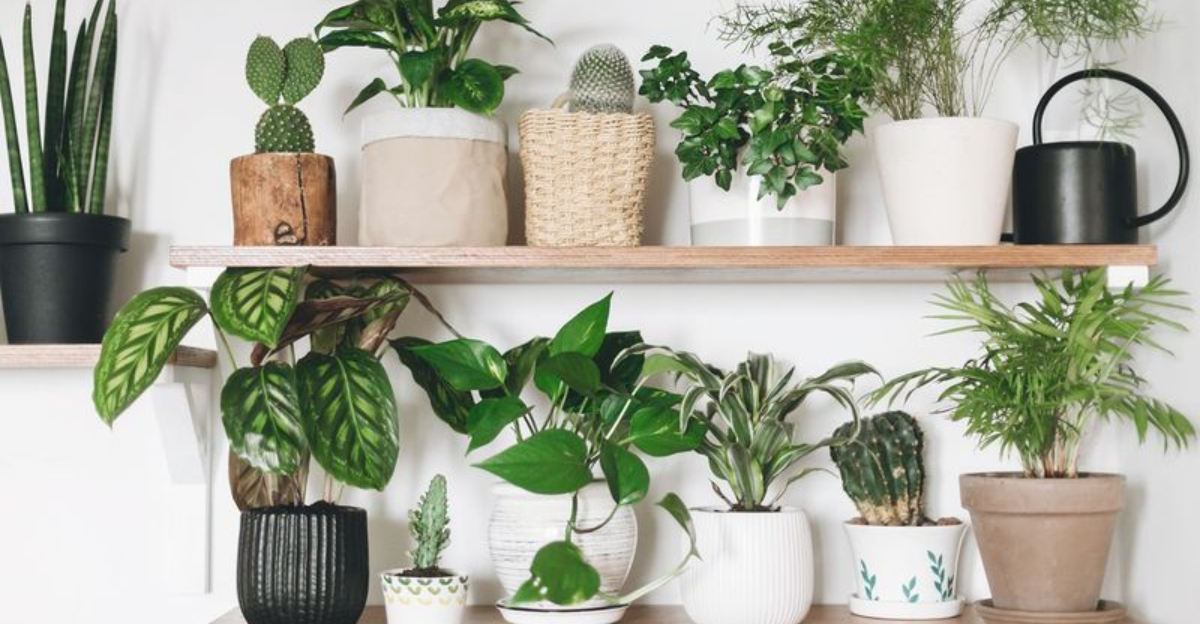Feng Shui, an ancient practice, highlights the importance of energy flow (chi) in spaces. Houseplants, when strategically placed, can boost positivity and create harmony at home.
However, mistakes like poor placement or overcrowding can hinder this energy flow, disrupting tranquility. Balancing nature with design is key to enhancing a space’s energy.
1. Placing Plants in Dark Corners
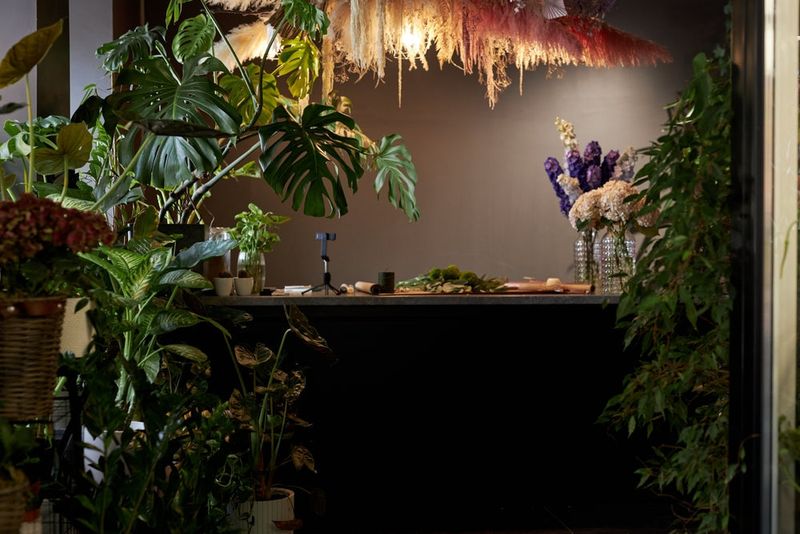
Placing a plant in a dark corner might seem like a good idea to fill the space, but it can lead to energy stagnation. Houseplants need natural light to thrive and grow.
In dark corners, they struggle, leading to a sense of discomfort in the room. Choose spots with ample natural light to ensure vibrant and lively energy throughout your home.
2. Overcrowding Rooms with Too Many Plants
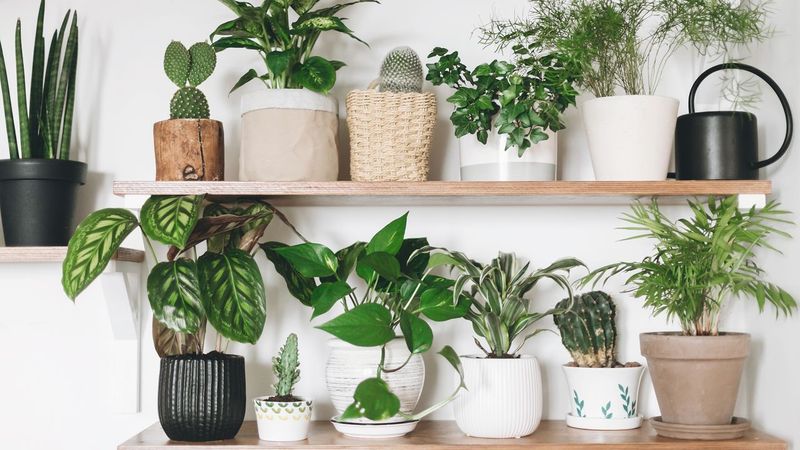
An excess of houseplants can overwhelm a room, disrupting the flow of chi. When every corner is filled, the space feels cluttered and heavy, blocking energy pathways. Balance is essential.
Consider limiting the number of plants and choosing placements that allow for movement and airiness. This approach will help maintain a harmonious and vibrant atmosphere.
3. Choosing Plants with Sharp or Spiky Leaves
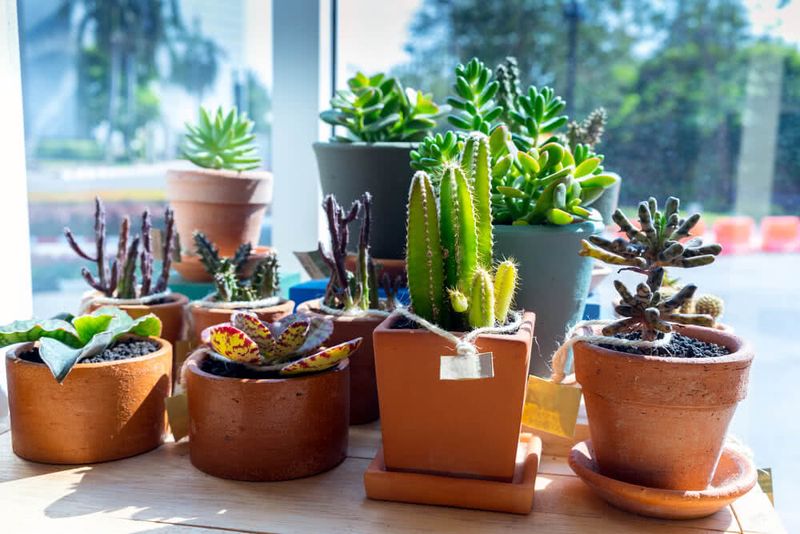
Cacti and plants with spikes might be trendy, but in Feng Shui, they can disrupt serenity, especially in spaces meant for relaxation. Their sharp edges can introduce tension and unease.
Opt for round-leaved varieties to promote peaceful, nurturing energy. In areas like bedrooms and living rooms, soothing plant shapes contribute to a calm, restful environment.
4. Placing Plants Directly in Line with Doors
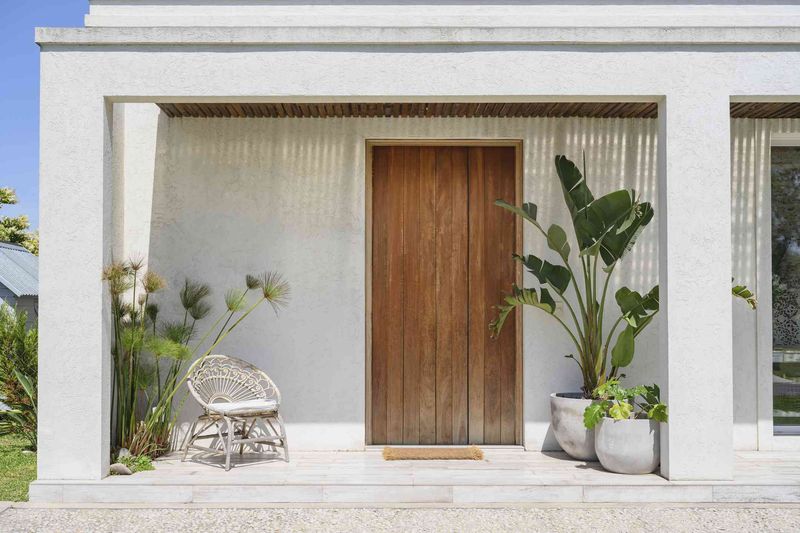
A plant blocking a doorway can impede the natural flow of energy, creating obstacles in your living space. In Feng Shui, it’s crucial to keep entryways clear to allow chi to circulate freely. Move plants away from direct lines with doors, ensuring an unobstructed path for energy to enter and flow throughout the room, fostering a welcoming environment.
5. Forgetting to Maintain Plants
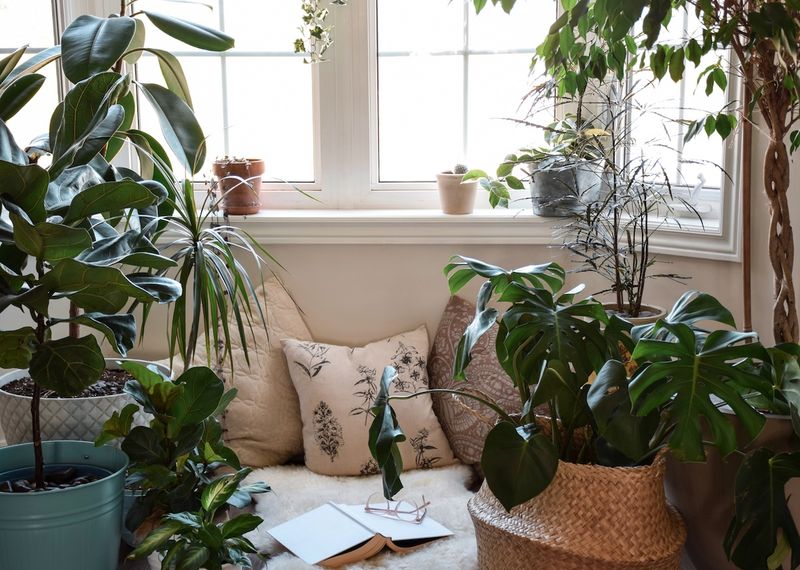
Neglected plants with dead leaves can lead to stagnant chi, disrupting the harmony of your space. Regular maintenance is vital. Thriving, healthy plants contribute positively to the environment.
Make it a habit to water, prune, and care for your plants, ensuring they remain vibrant and full of life. This practice enhances the energy flow, promoting positivity.
6. Using Plants in Bedrooms with Too Much Energy

Highly energetic plants, like bamboo or snake plants, might be too stimulating for bedrooms. These areas should foster rest and relaxation. Overly vigorous plants can disrupt sleep by enhancing energy levels.
Rather pick plants like lavender or peace lilies, known for their calming properties, to balance the room’s energy and foster a peaceful sleep environment.
7. Placing Plants in the Kitchen’s Poison Arrow Zone
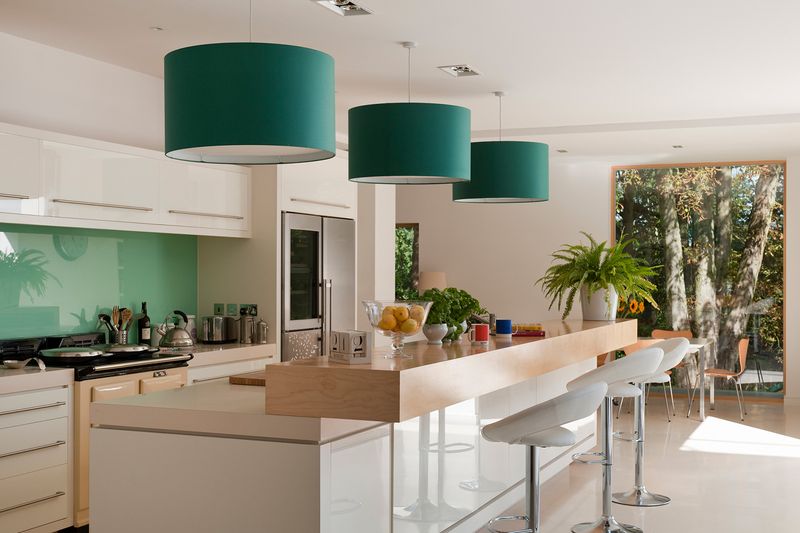
In Feng Shui, sharp corners create ‘poison arrows,’ directing negative energy. Placing plants in such areas can amplify this effect. Kitchens, with their many edges, are prone to this mistake.
Consider positioning plants away from these zones, allowing them to soften harsh lines and contribute positively to the kitchen’s energy, promoting a balanced environment.
8. Not Considering the Plant’s Shape

The shape of a plant can influence the energy in a space. Round, soft leaves promote calm, while jagged or irregular shapes may create unease. When selecting plants for Feng Shui purposes, consider their forms and how they align with the desired ambiance.
9. Placing Plants in the Bathroom

Bathrooms, often damp and dark, aren’t ideal for plants in Feng Shui. These conditions can cause plants to absorb too much energy, leading to imbalance.
However, if you wish to add greenery, opt for plants that thrive in low light and humidity. This ensures they contribute positively without disrupting the room’s chi, maintaining a healthy energy flow.
10. Ignoring the Placement of Plant Pots

Plant pots aren’t just functional; they influence energy flow. Cracked or unattractive pots can create negative chi, disrupting harmony.
This attention to detail ensures that the plants contribute positively, reinforcing the balance and improving the overall ambiance of your space.
11. Having Plants in the Wealth or Prosperity Corner
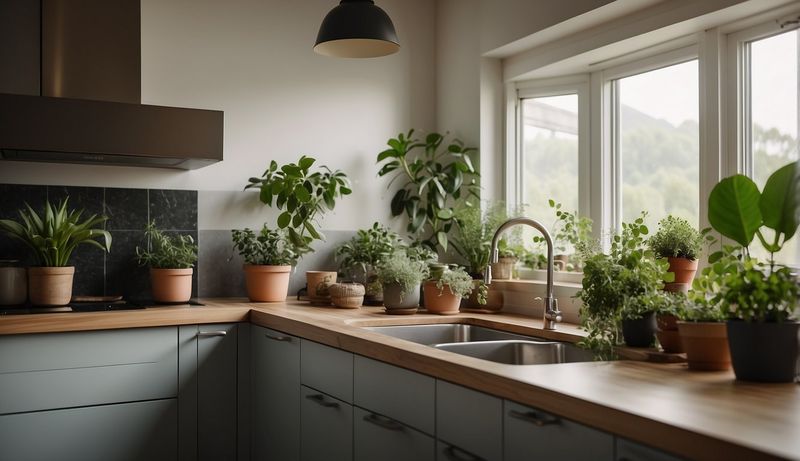
The far left corner, associated with wealth, can become blocked if overcrowded with plants. While plants symbolize growth, too many can hinder energy flow, limiting abundance.
Keep this area clear and purposeful. Select a few thriving plants to enhance prosperity, ensuring the energy circulates freely, promoting wealth and positive opportunities in your life.
12. Placing Plants Near Electronic Devices

Electronics emit energy that can clash with the natural vibes of plants. When placed near devices, plants may absorb and stagnate this energy, affecting their growth.
It’s best to position plants away from gadgets, allowing them to thrive and contribute positively to the room’s overall energy. This separation helps maintain vibrant chi throughout your home.
13. Not Paying Attention to Plant Size and Scale
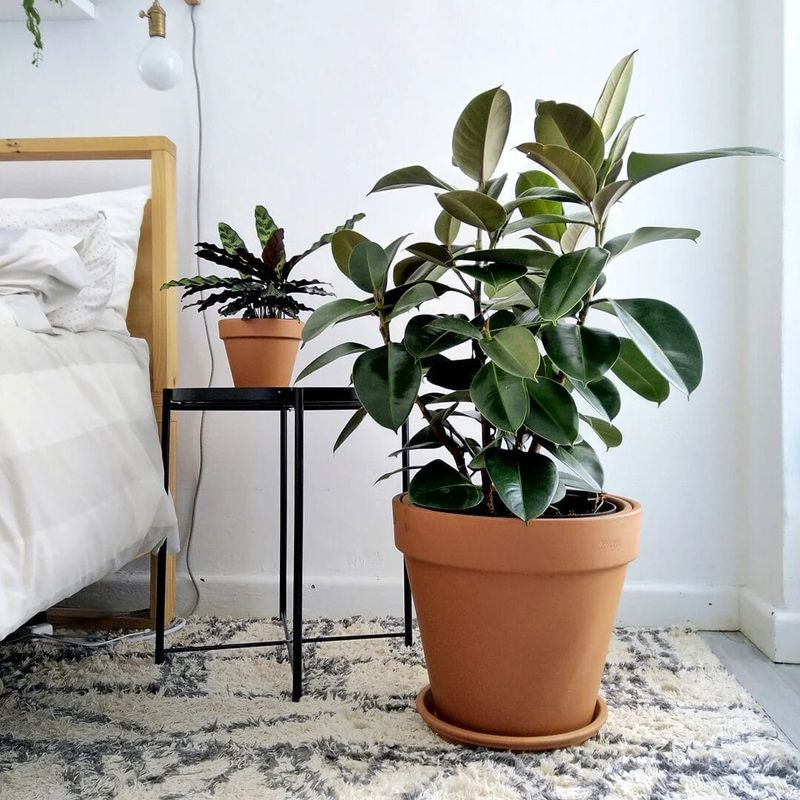
The size and scale of plants matter in Feng Shui. Large plants can overwhelm small spaces, while tiny ones may feel insignificant in vast areas. Properly scaled plants harmonize with their environment, enhancing the flow of energy.
If you want plants, go with those that complement the room’s dimensions, ensuring they contribute positively and maintain a balanced, welcoming atmosphere.
14. Positioning Plants in the Center of the Room

The center of a room should remain open to encourage a free flow of energy. Placing a plant here can create blockages, interrupting the natural balance of chi. Instead, arrange plants along walls or in corners to maintain openness.
This strategic positioning enhances the room’s energy, fostering a harmonious, well-balanced environment that’s inviting and calm.
15. Using Only One Type of Plant
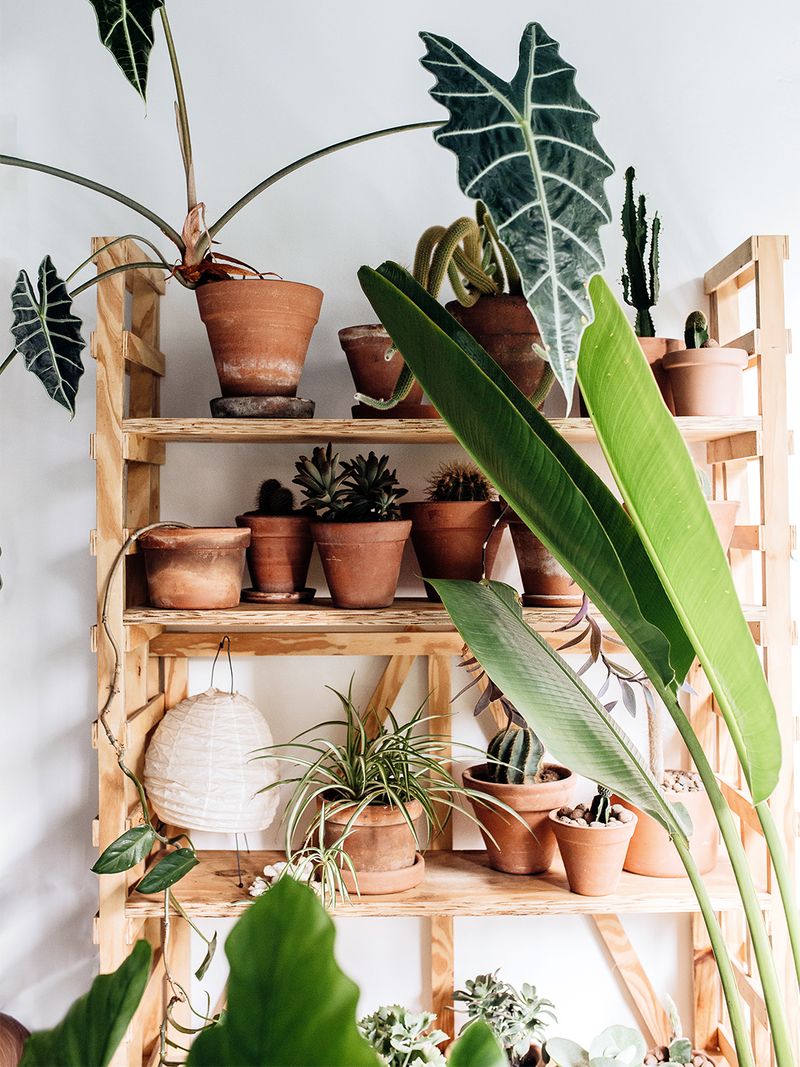
Variety is key to balanced energy in Feng Shui. Relying on a single plant type can create monotony, leading to stagnant chi. Introduce a range of plants with different textures and forms to invigorate your space.
The diversity enhances the flow of positive energy, making the environment feel dynamic and lively, promoting overall balance and well-being.
16. Ignoring the Elemental Aspects of Feng Shui
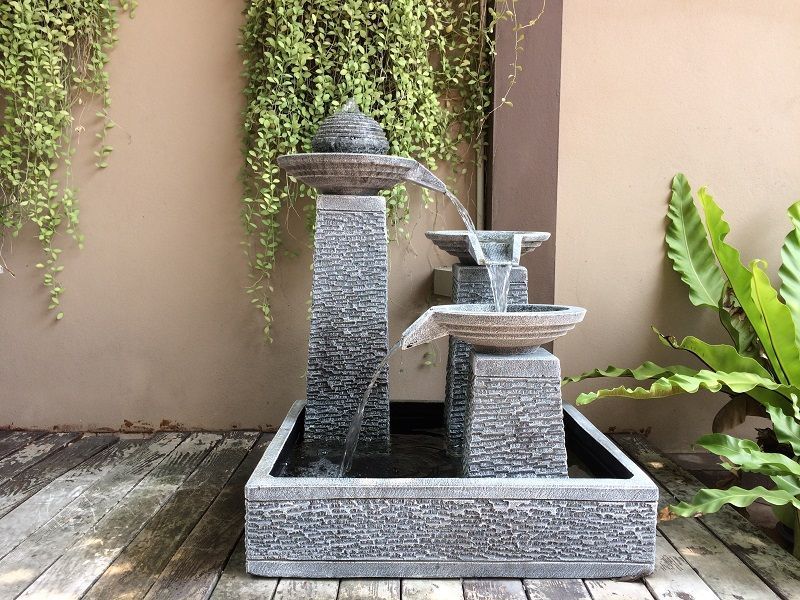
Incorporating the five elements—wood, water, fire, earth—is crucial in Feng Shui. Plants typically represent wood, but consider adding elements through colors and materials.
Such balanced representation ensures harmony in your space. For example, a red pot (fire) or a water feature can complement the plants, creating a lively, balanced environment that supports positive chi.

